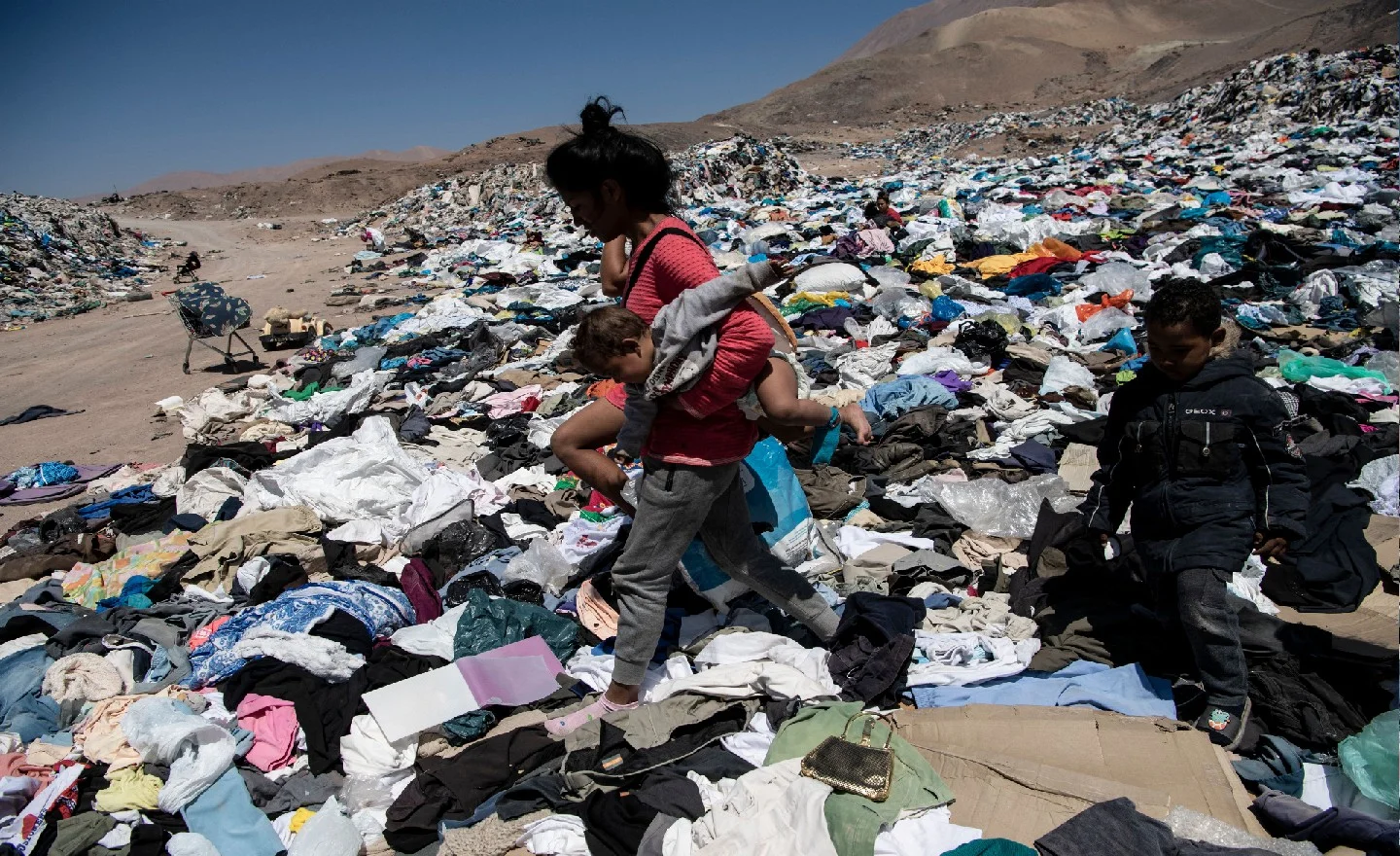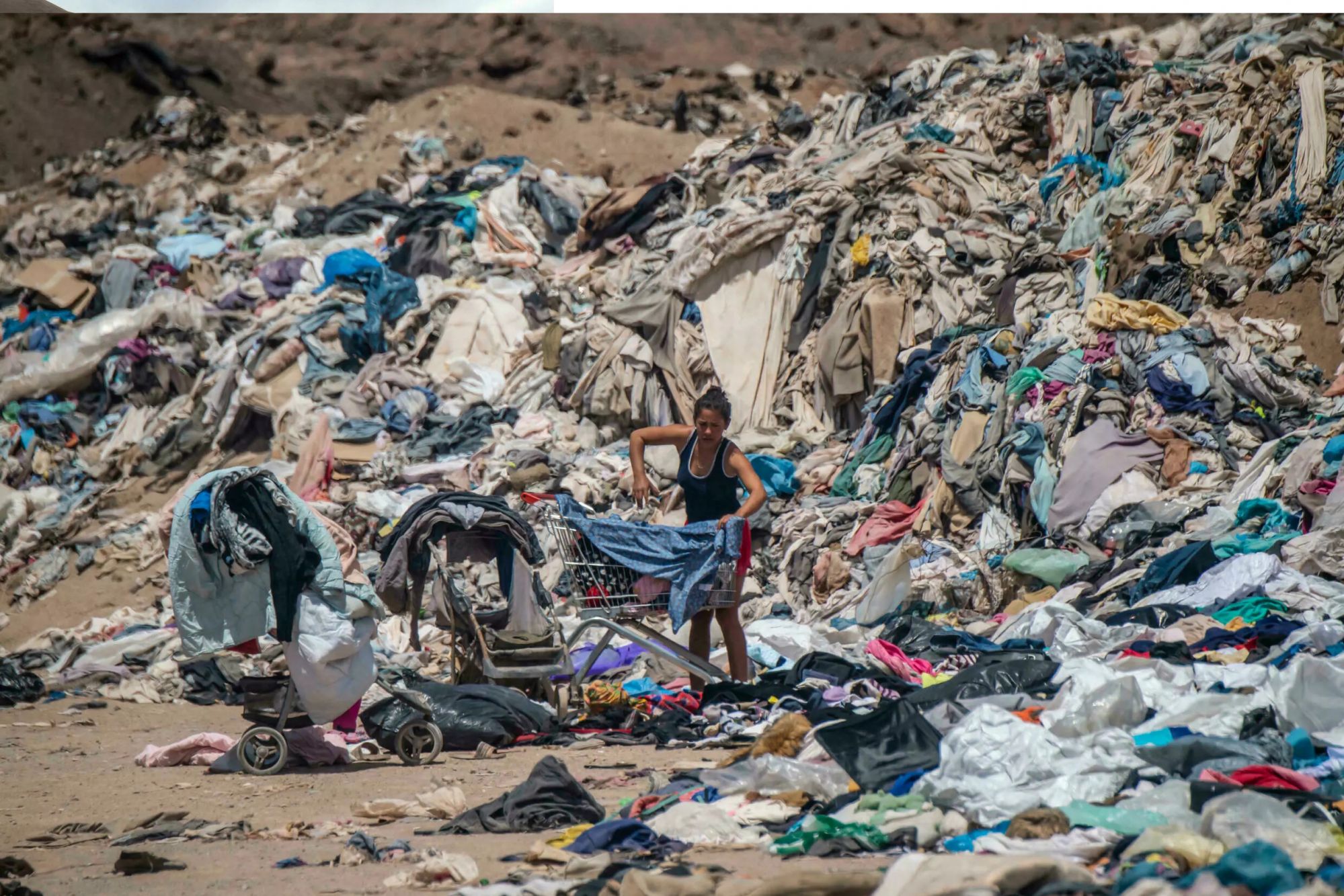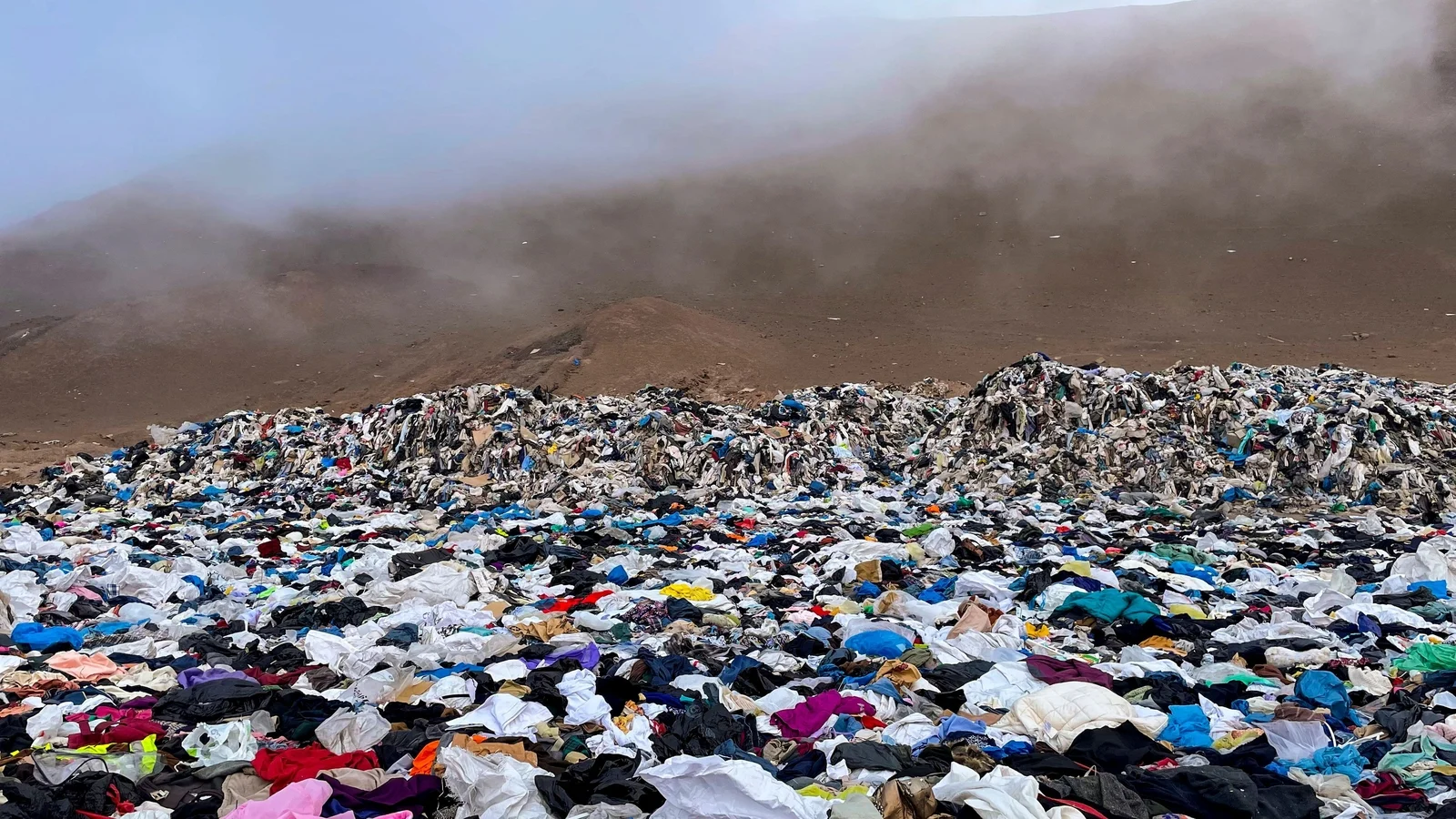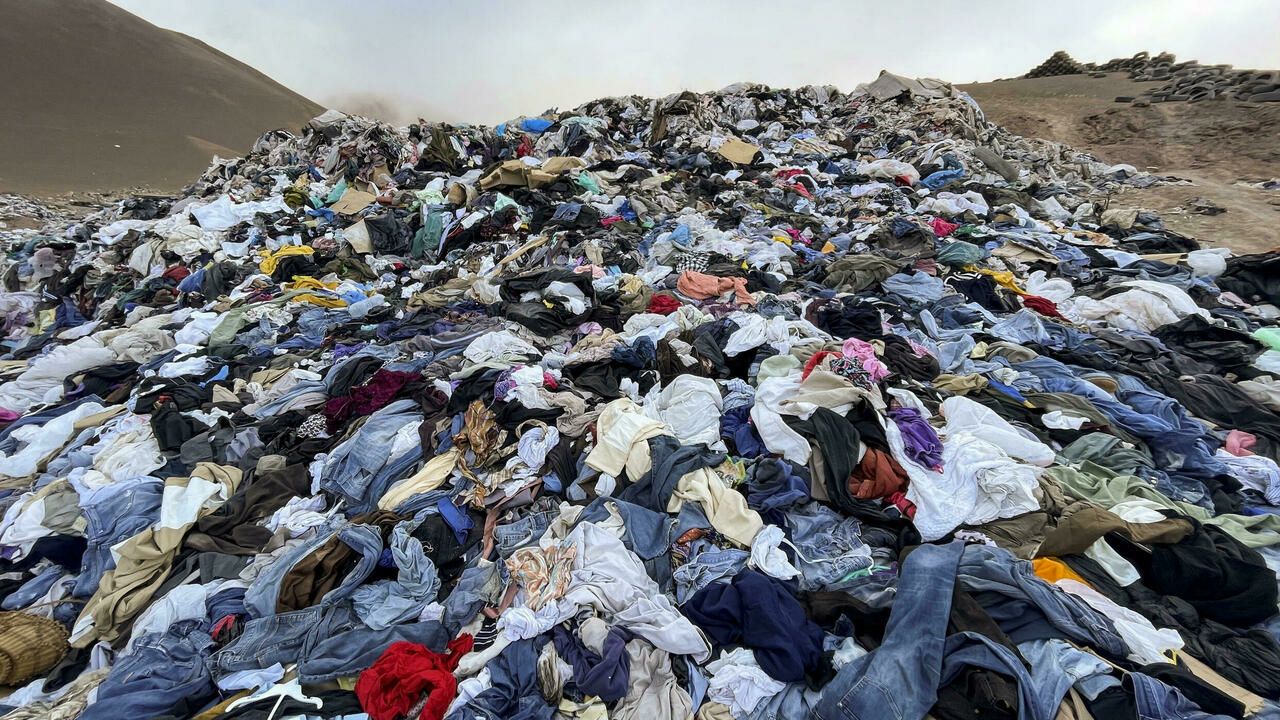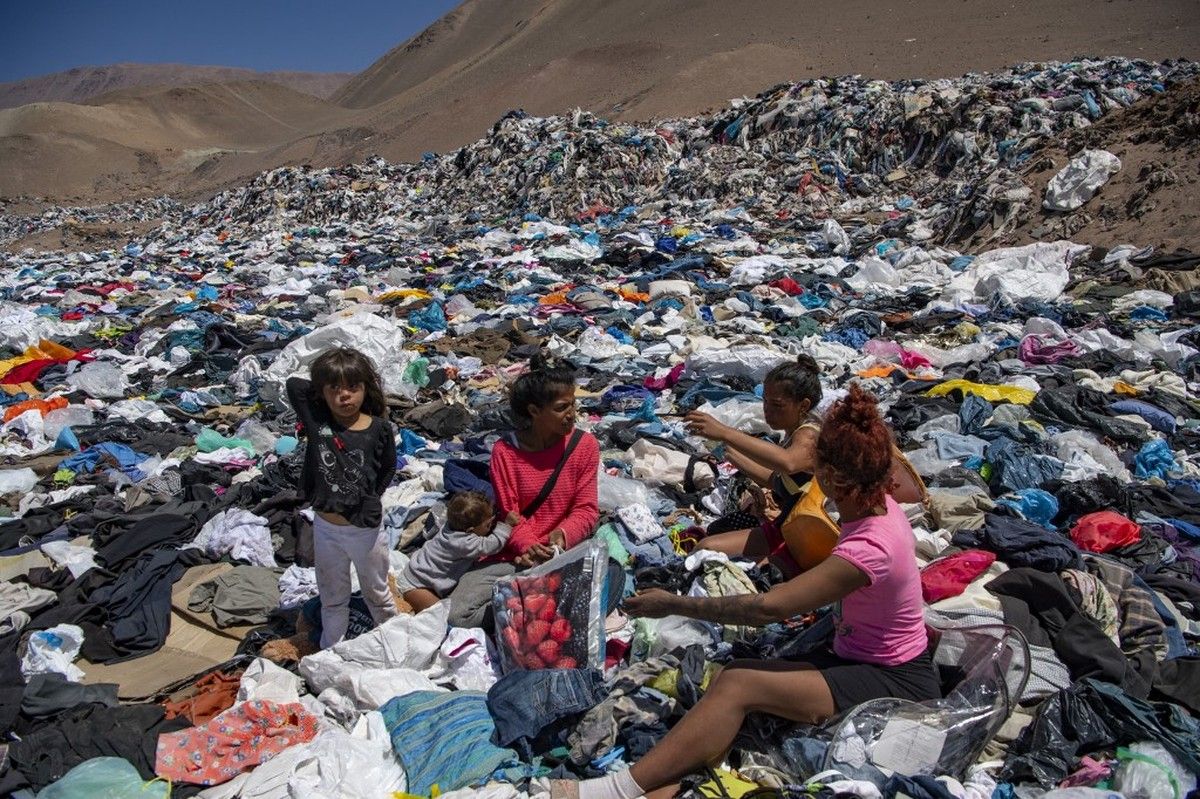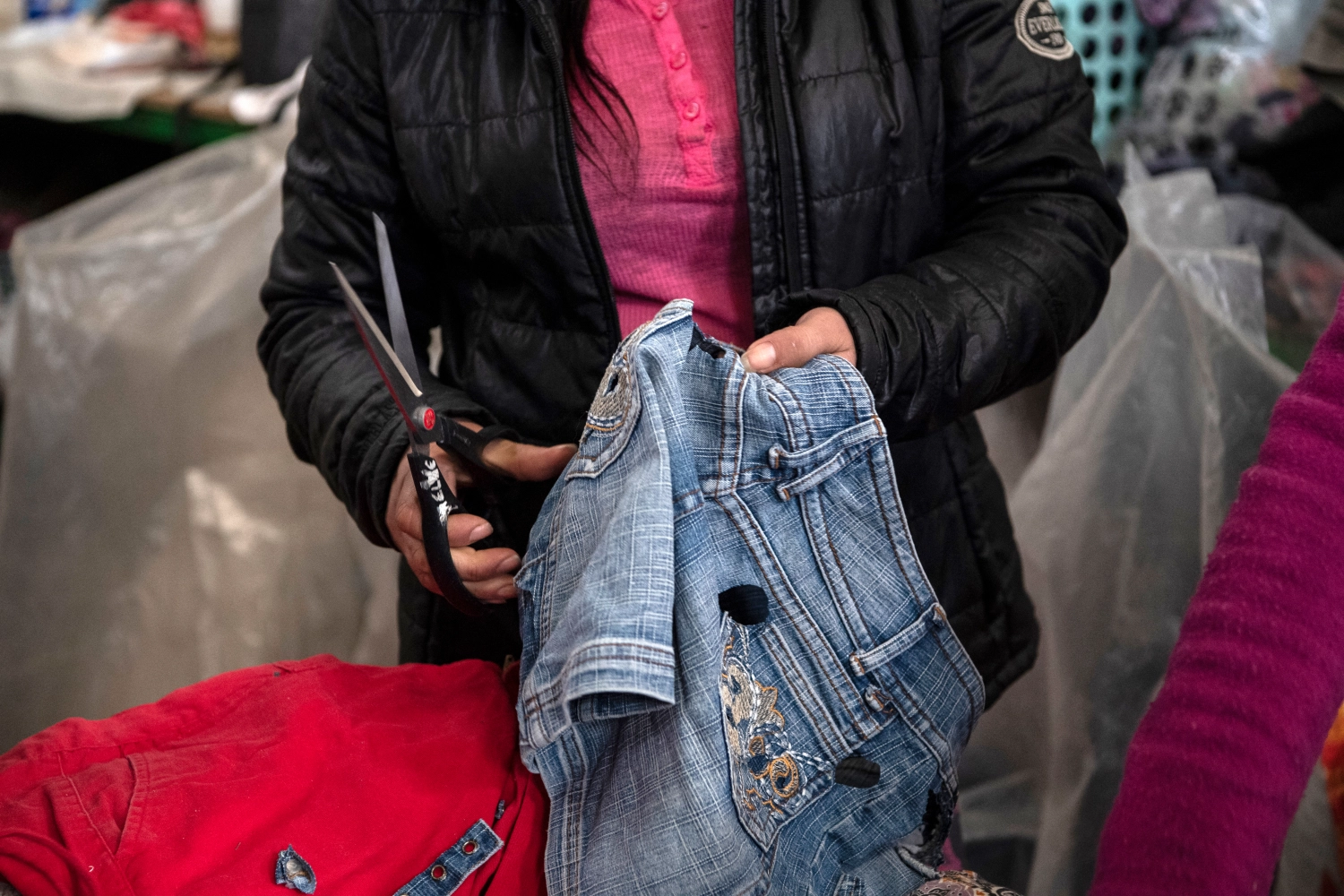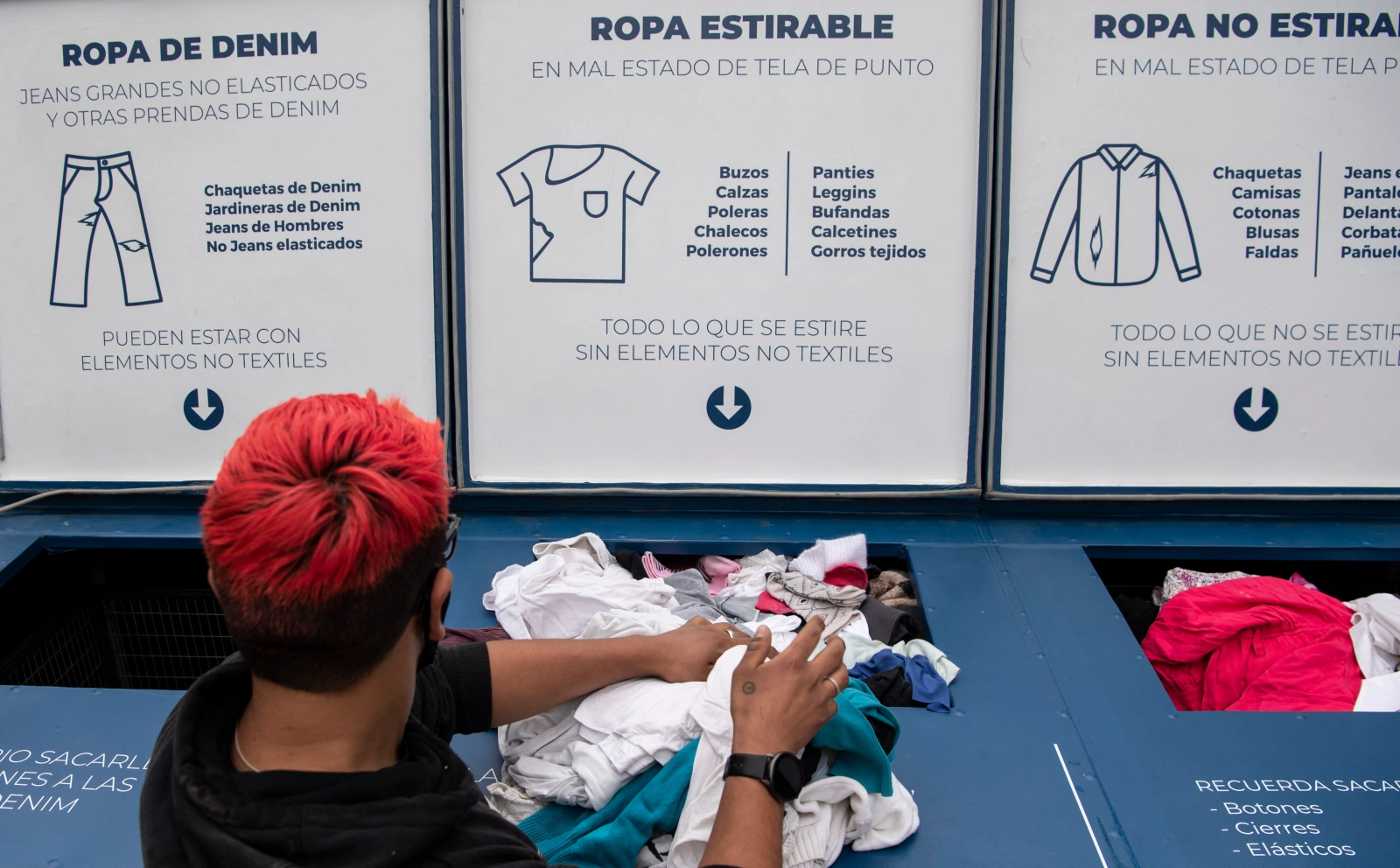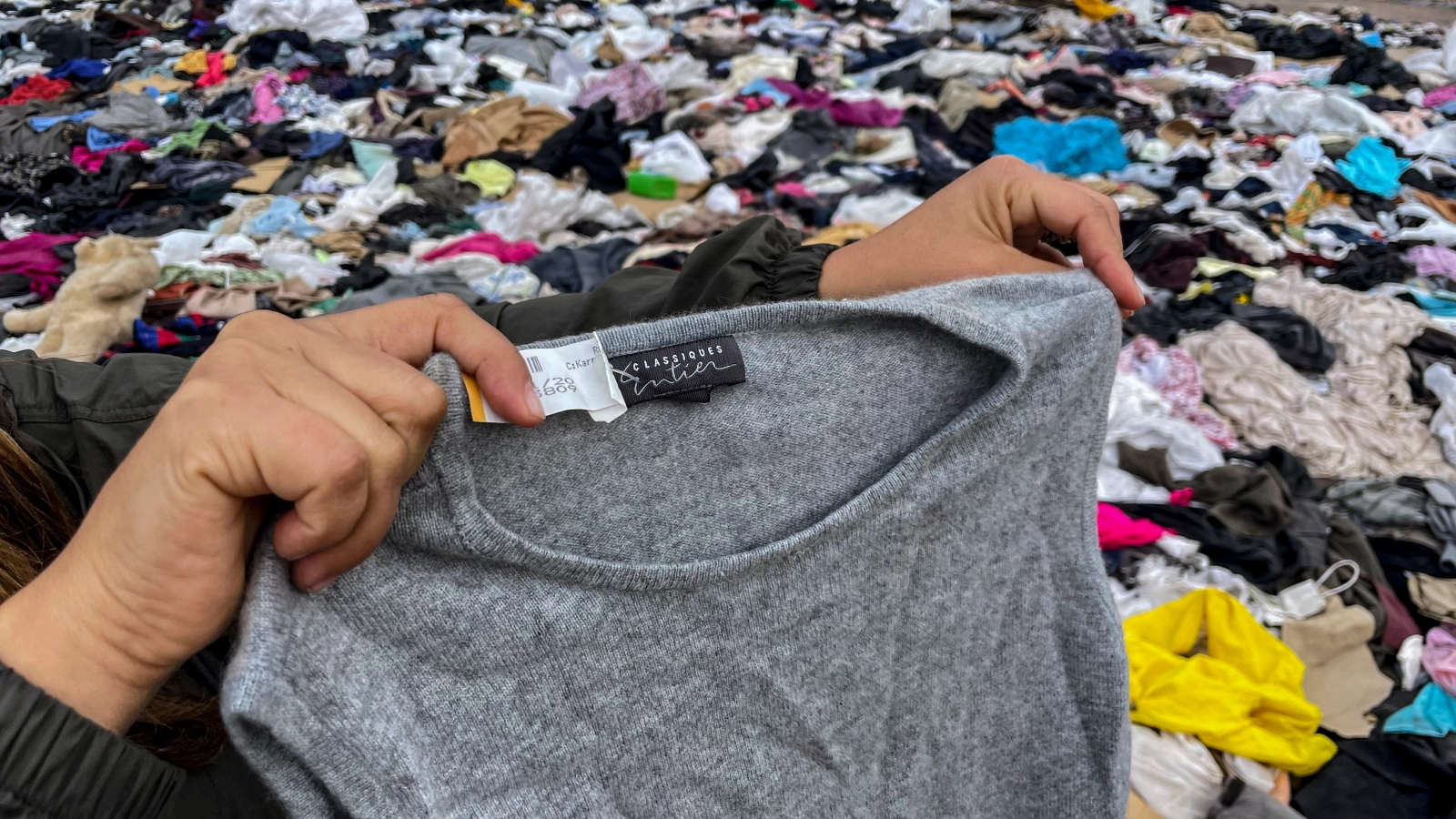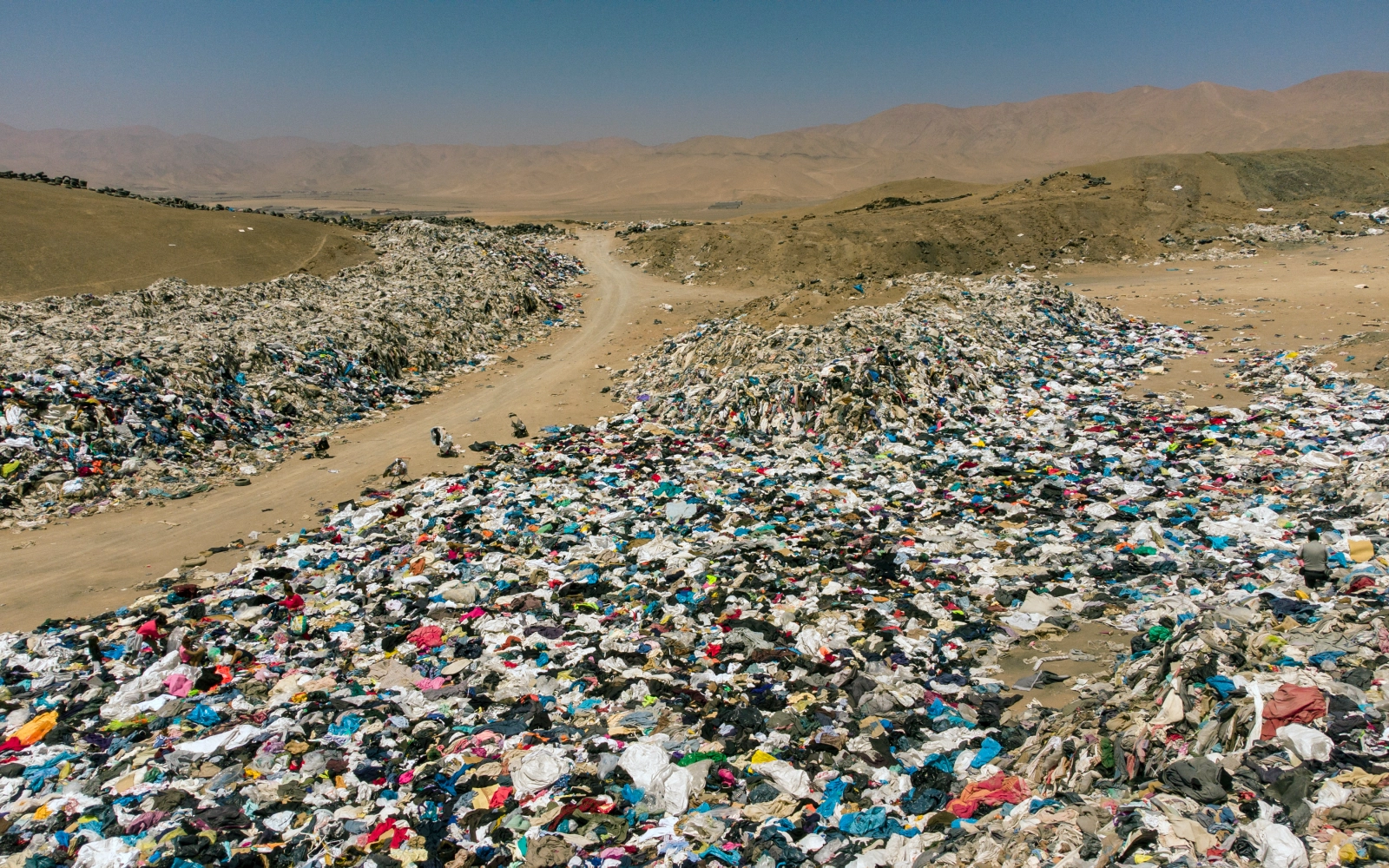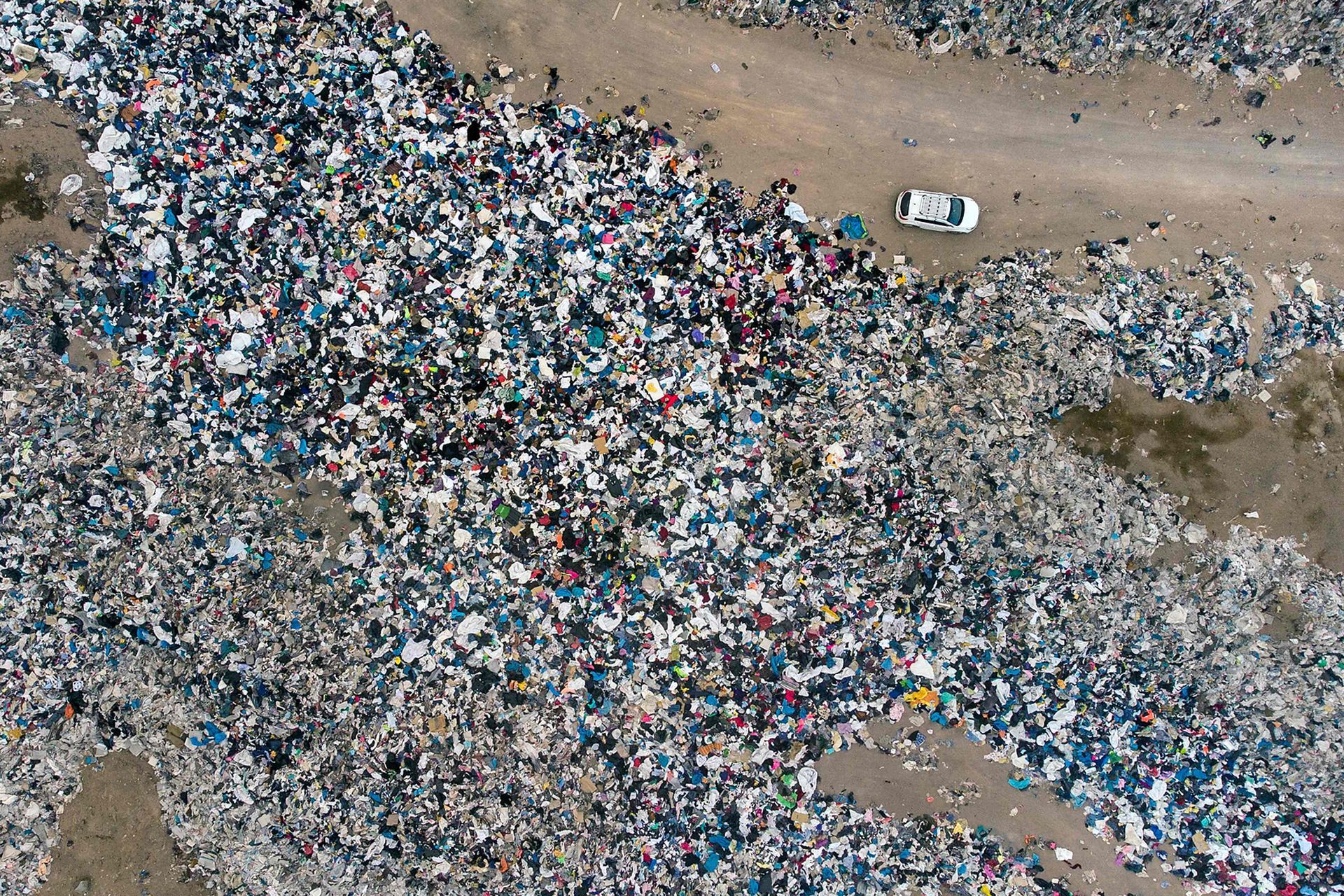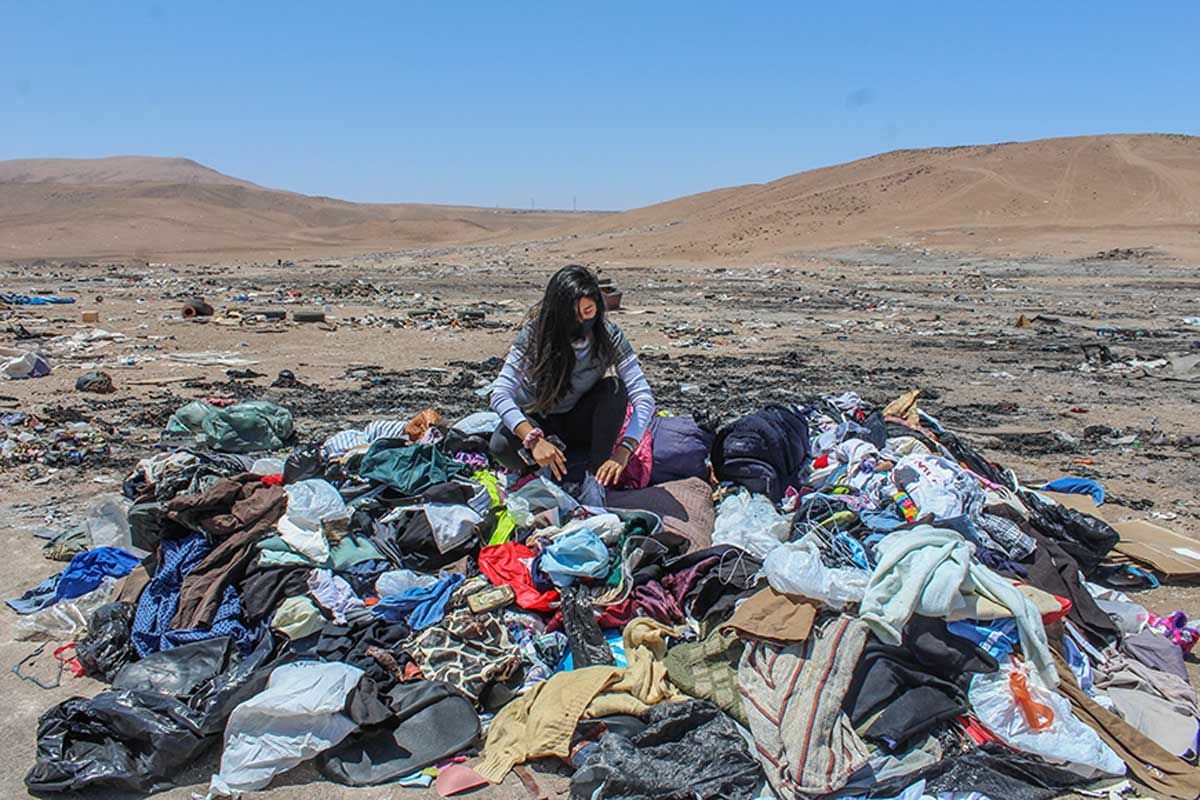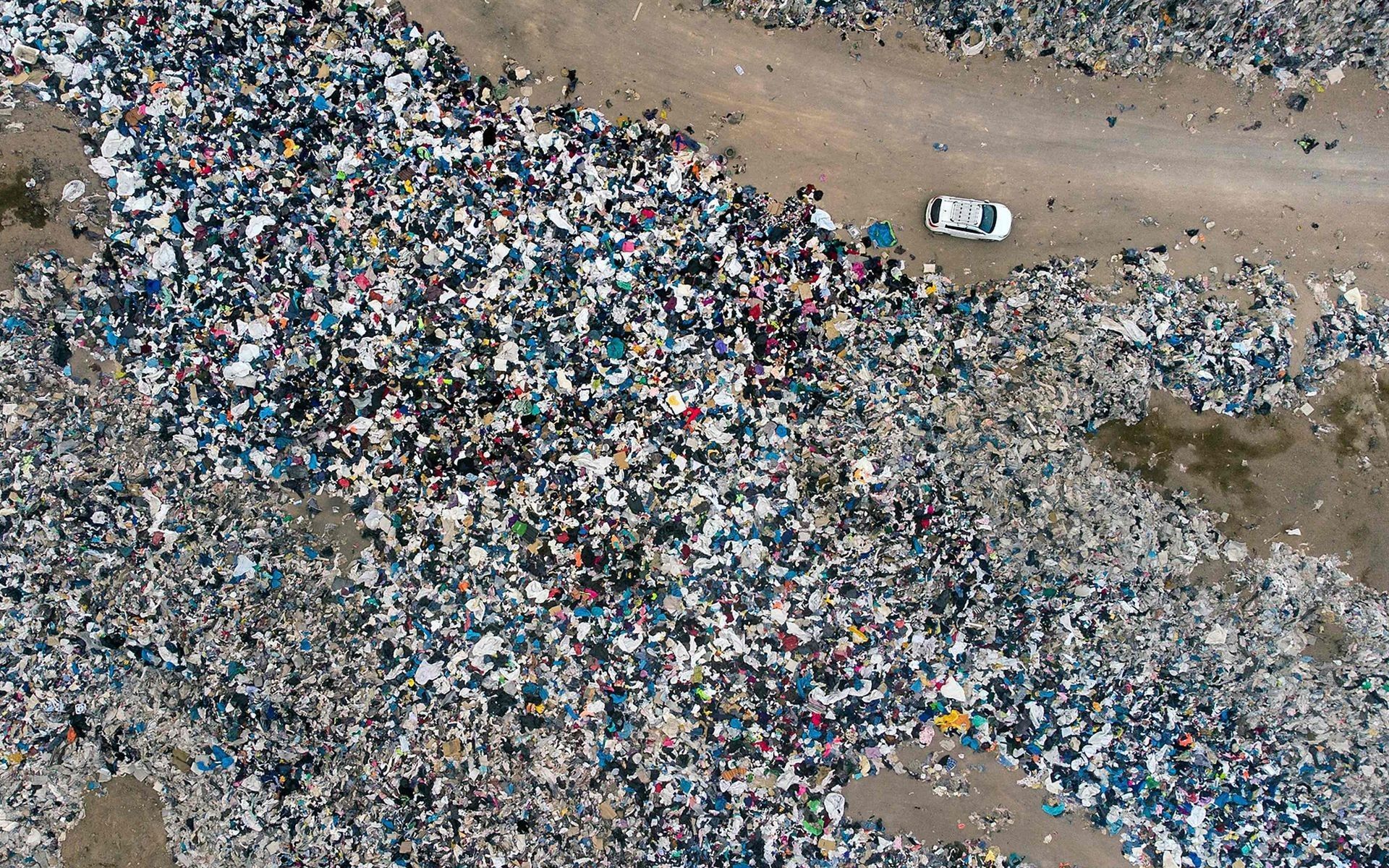
How the Atacama Desert in Chile became a huge dump of used clothes A mountain that grows by 39,000 tons a year
In recent years, sustainability has been the main problem facing the fashion industry. In fact, as a United Nations report states, the fashion industry is the second most polluting on the planet and in recent years has tried to undertake a difficult ecological transition that has seen, alongside good results, also numerous cases of greenwashing – the last of which involved the Coach brand. The problem of overproduction, however, remains causing abnormal accumulations of garbage-clothes around the world, the most famous of which is the Great Pacific Garbage Patch, an island of garbage the size of France floating in the Pacific Ocean. But recently Al Jazeera revealed that another natural area is becoming a huge open-air dump for used clothes from half the world: is the Atacama Desert, a territory that stretches for 1600 kilometers east of the Andes, chile. According to Al Jazeera, every year another 39,000 tons of clothes produced mainly in China and Bangladesh end up accumulating on the desert dunes – they are all fast fashion clothes, not recyclable because they are not composed of biodegradable materials or dyed with chemicals toxic to the environment. The path followed that these clothes, mostly fast fashion products, takes them around the world, from the countries of manufacture, passing through Europe, America and the Far East to the south of the world, in Africa or in South America, where some of these clothes are sold while others, which can not be sold neither recycled nor disposed of in government landfills, they are simply thrown into the middle of the desert.
Every year, about 59,000 tons of used clothes arrive at the port of Alto Hospicio, in the province of Iquique, in the north of the country, packed in huge bales. Used clothing wholesalers travel 1800 kilometers to buy them and then resell them throughout South America – but a very large portion of these clothes are unsaleable and no one has reason to pay port fees for its movement or disposal. The problem that has developed in Chile, in reality, always recurs the same in many other countries of the South of the world, especially in Africa where, according to a report by US News, six countries rank as the world's largest importers of this type of clothes. At the top of the ranking of the largest importers of used clothes, however, there are Asian countries: Pakistan in the lead, with over 780,000 tons of used clothes imported into the country from 2018 to today, followed at a distance by India and Malaysia. The largest exporters of these clothes, however, are the United States, Germany and the United Kingdom. According to estimates, Italy is the tenth largest exporter of junk clothes in the world, with over 160,000 tons of used clothes coming out of our country from 2018 to today.
In addition to being made known to the world a few days ago, through the Al Jazeera report, the issue of the Atacama desert has already aroused the concerns of Chilean activists. In the country have already been born companies that deal with re-functionalizing these clothes transforming them into materials for the thermal insulation of buildings, as EcoFibra does, or using water-free and chemical-free industrial techniques to obtain new yarns, as Ecocitex does. The problem of the fate of the clothes that in the West are thrown away and shipped to the South of the World had already been mentioned to nss magazine in September 2020 by Marina Spadafora, author, activist and country coordinator for Fashion Revolution, who had told: «In Accra, Ghana, there is a huge market where merchants buy these bales in a closed box. They open them and half of those clothes are damaged or dirty and they throw it away. Accra's landfills and rivers are completely ceded with our discarded clothes. We need to produce less: produce less and better and let people make it last. It's the only way to move forward».










































